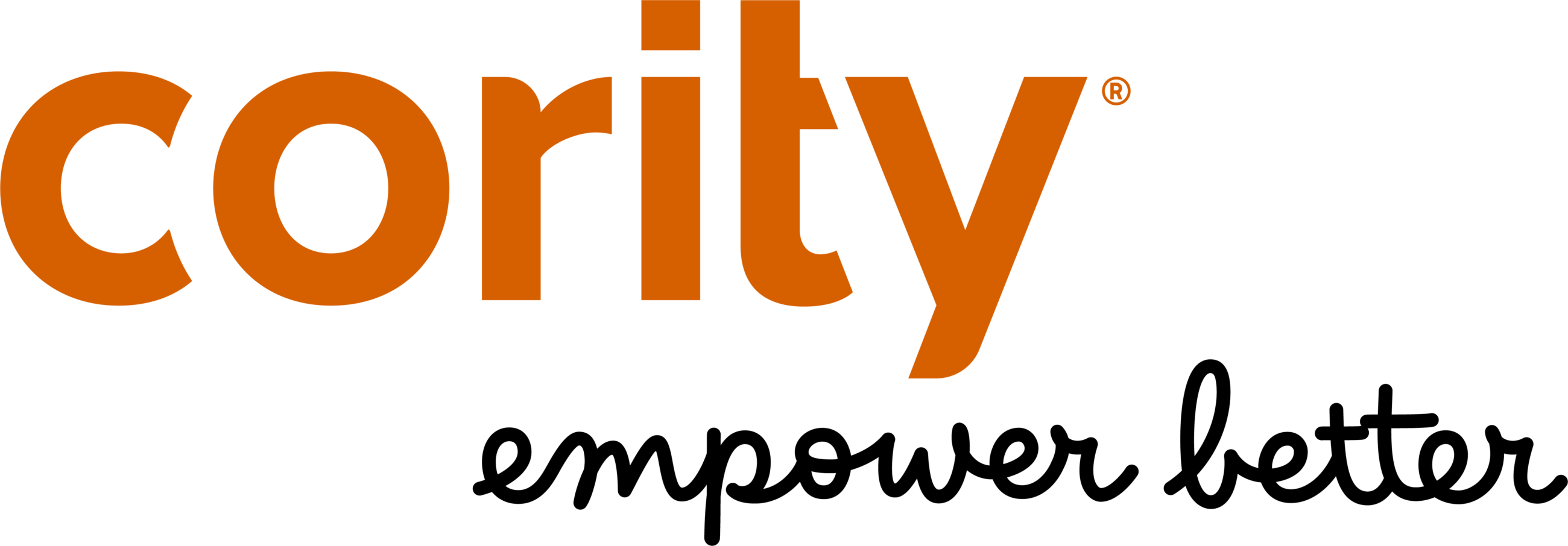We’ve talked a lot about vaccines in the past few years. Although much of that talk has been around the COVID-19 vaccines, immunization practices extend far beyond that and will continue to play a part in maintaining worker health and well-being. To minimize the risk of at-work infections and the business disruptions sure to follow, businesses must have a strategy that helps track vaccination status, monitor test results, or facilitate vaccination campaigns. Managing all of these things within the workplace can be overwhelming, but the following best practices will help your business prepare for such an endeavor.
Determine Employee Vaccine Status
Before deciding if your organization will host a vaccination clinic, an accurate breakdown of current employee vaccination status is required. And collecting information on your workforce’s current vaccination profile can be a highly administrative and imprecise process if not planned properly. With the use of software, employers can easily track vaccination status in one location using attestation questionnaires. These will capture vaccination status and even collect test results when needed.
Such software solutions allow workers to easily submit this information directly from their mobile device, including attaching proof of vaccination and tests to support their claim. This valuable data feeds powerful dashboards that give business leaders a more accurate view of vaccination status. These dashboards will assist the organization in making better-informed decisions to optimize immunization rates and reduce the risk of workplace outbreaks.
Workplace Vaccination Clinics
While you can implement vaccine mandates and hope your employees comply by getting shots on their own, the best way to ensure they follow through is by establishing vaccination clinics where they work.
At-work vaccination clinics are ideal because they immediately eliminate what many say are the biggest barriers to getting a shot. Some may not want to spend their free time standing in line for something they see as optional, or they may not have that time at all because of personal or family obligations, or even other jobs.
The first steps to take when implementing a workplace vaccination clinic is to review recommendations from the U.S. Centers for Disease Control and Prevention (CDC) and contact your local health department for guidance. You will need trained clinicians to administer the shots—vaccines must be free and provided during working hours—and you’ll need to establish administrative processes for billing insurance companies and reporting to health authorities.
Related: Time to Roll Up Your Sleeves: How to Run an Effective Vaccination Campaign
Automate Vaccination Clinic Processes
While establishing a workplace vaccination clinic requires resources, managing it efficiently is another thing altogether. Among the many issues that must be considered (scheduling appointments, tracking vaccine inventory, ensuring data privacy, and optimizing administrative tasks for clinicians), most organizations will want to leverage specialized software solutions designed to automate clinic management processes.
Appointment Scheduling
Software tools are available, for example, that allow workers to book appointments with an app on their phone. Once scheduled, the employee can receive automated reminders about their appointment time. They can also use a scannable barcode during check-in to minimize the time they have to spend in the clinic.
Inventory Management
Other software solutions tackle inventory management to ensure adequate vaccine supply to administer shots to everyone who comes in. When a shot is delivered, the clinician scans a barcode on the vaccine vial to automatically update the inventory. If inventory falls below a pre-set threshold, an alert is sent to the clinic manager so they can place another order.
Streamline Recordkeeping and Compliance
Finally, employers should lean on tools that streamline recordkeeping and compliance. For example, secure mobile solutions allow employees to complete medical questionnaires and liability waivers before they arrive for their appointments. Barcodes—on ID badges, for example—allows for chart linking to medical records so the clinician has everything to ensure there are no contraindications to vaccine delivery.
Automating the processes surrounding vaccination delivery also allows you to collect data on your program for regulatory reporting requirements. These requirements may vary by jurisdiction, so the best place to start is by contacting local health officials.
In the end, the most important thing to remember is that an at-work vaccination campaign is an investment in the health of your workforce and business. By helping employees receive immunizations as soon as possible, you’re protecting them, their colleagues, and the workplace itself.













